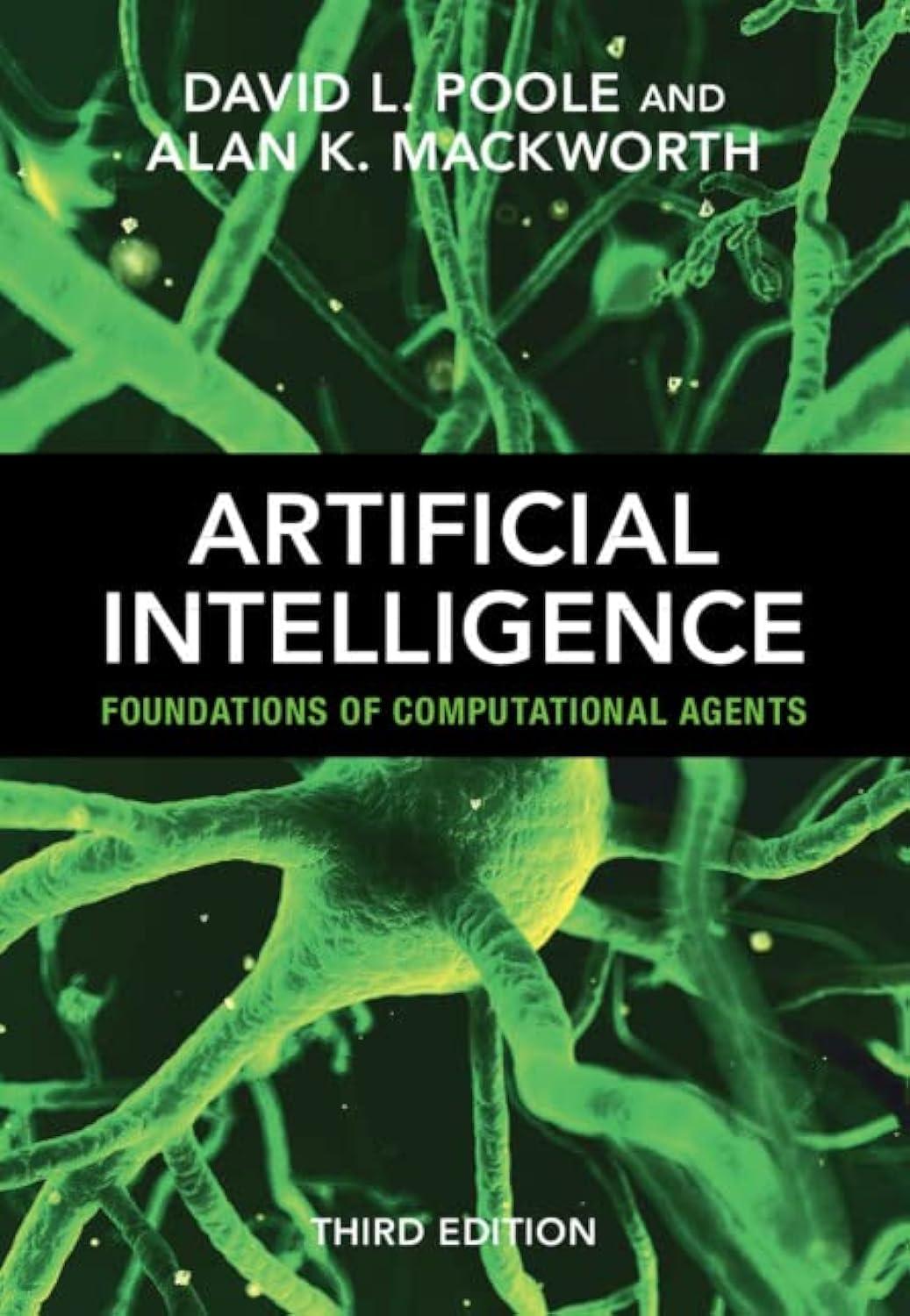Consider the decision tree learning algorithm of Figure 7.9 (page 284) and the data of Figure 7.1
Question:
Consider the decision tree learning algorithm of Figure 7.9 (page 284)
and the data of Figure 7.1 (page 268). Suppose, for this question, the stopping criterion is that all of the examples have the same classification. The tree of Figure Example Comedy Doctors Lawyers Guns Likes e1 false true false false false e2 true false true false true e3 false false true true true e4 false false true false false e5 false false false true false e6 true false false true false e7 true false false false true e8 false true true true true e9 false true true false false e10 true true true false true e11 true true false true false e12 false false false false false 7.8 (page 282) was built by selecting a feature that gives the maximum information gain. This question considers what happens when a different feature is selected.
(a) Suppose you change the algorithm to always select the first element of the list of features. What tree is found when the features are in the order [Author, Thread, Length, WhereRead]? Does this tree represent a different function than that found with the maximum information gain split? Explain.
(b) What tree is found when the features are in the order [WhereRead, Thread, Length, Author]? Does this tree represent a different function than that found with the maximum information gain split or the one given for the preceding part? Explain.
(c) Is there a tree that correctly classifies the training examples but represents a different function than those found by the preceding algorithms? If so, give it. If not, explain why.
Step by Step Answer:

Artificial Intelligence: Foundations Of Computational Agents
ISBN: 9781009258197
3rd Edition
Authors: David L. Poole , Alan K. Mackworth






